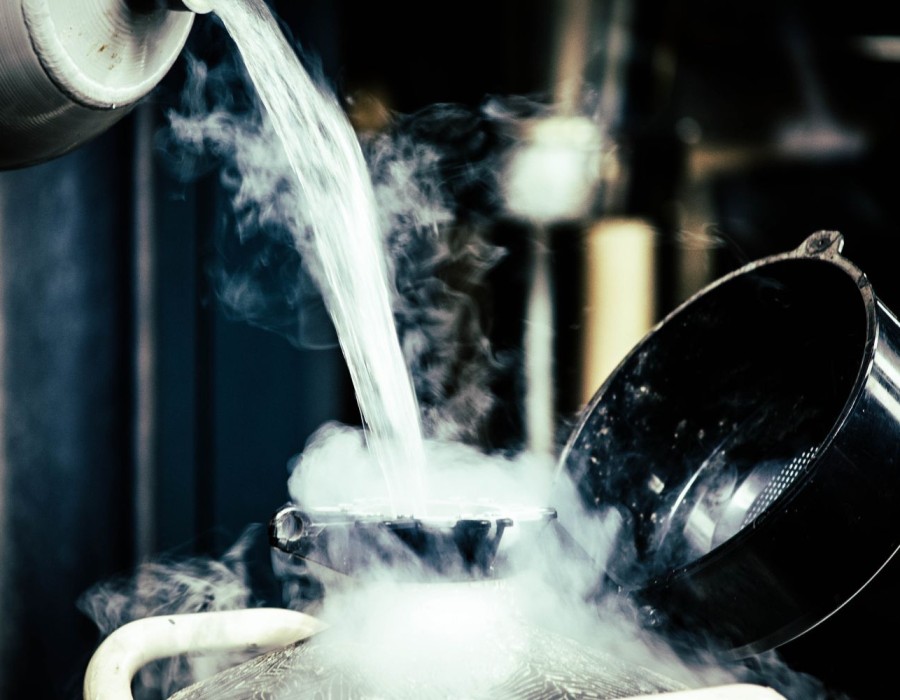Can liquid nitrogen cause frostbite?

- Liquid nitrogen exists at an extremely low temperature of -196°C (-321°F).
- Contact with liquid nitrogen can freeze skin tissue almost instantaneously.
- Frostbite occurs when skin and underlying tissues freeze due to exposure to extremely low temperatures.
- Rapid freezing from liquid nitrogen causes ice crystals to form in cells, leading to tissue damage or destruction.
- Symptoms of frostbite include numbness, cold feeling, red or bluish skin, hard or waxy skin, stiffness, blistering, and in severe cases, tissue death and possible amputation.
- Direct contact with liquid nitrogen, even briefly, can result in frostbite.
- Handling liquid nitrogen without proper protective gear significantly increases the risk of frostbite.
- Protective measures include using insulated gloves, face shields, and appropriate clothing.
- Ensure proper ventilation when working with liquid nitrogen to avoid nitrogen gas buildup.
- First aid for frostbite involves removing the person from the cold, gradually rewarming the affected area with warm water, avoiding rubbing the area, and seeking immediate medical attention for severe cases.
- Workplace safety includes training on cryogenic substance handling, implementing safety protocols, conducting regular safety drills, and maintaining equipment.
- Cryogenic safety equipment such as cryogenic gloves and face shields is essential to protect against extreme cold and splashes.
- Liquid nitrogen is commonly used in laboratories, medical facilities, and industrial applications, making awareness and training in these settings crucial to prevent frostbite and other injuries.
Created by: Salasar Carbonics
Recommended





Comments